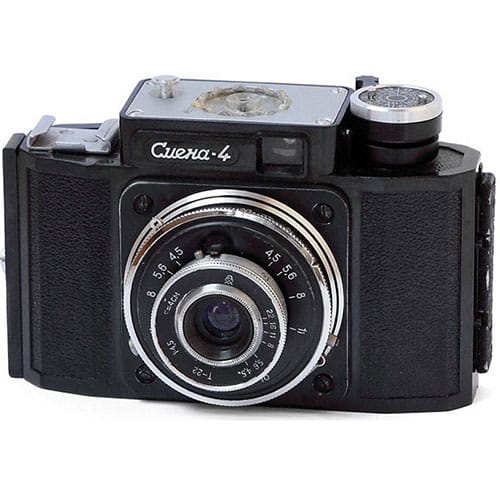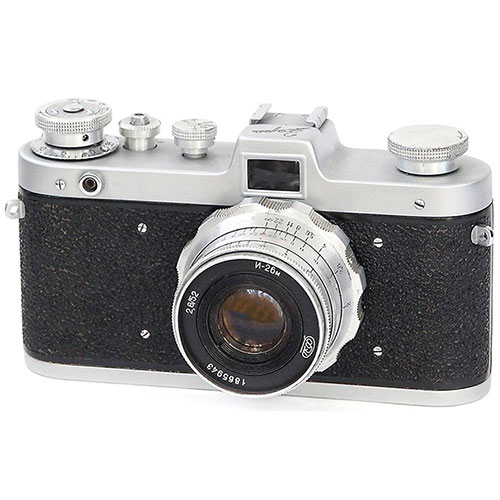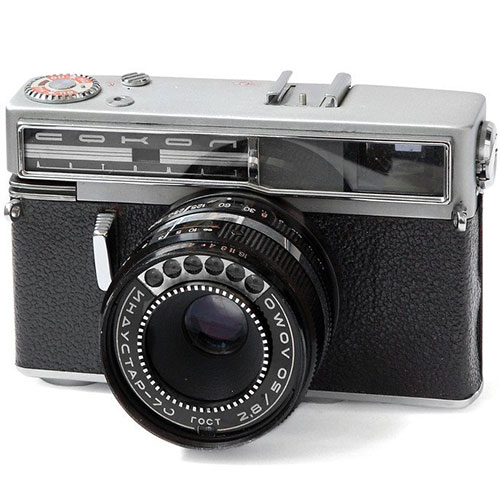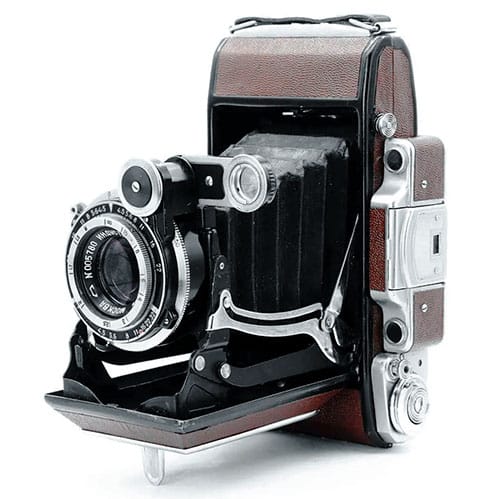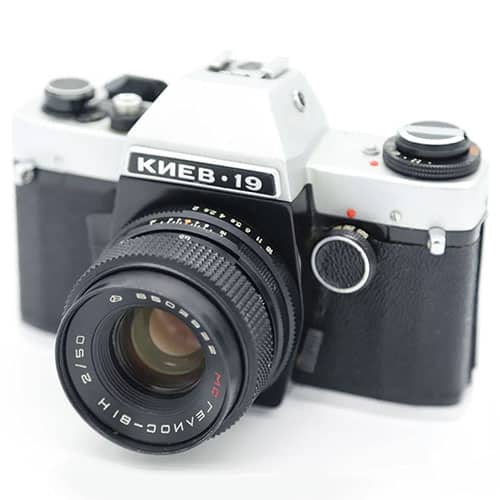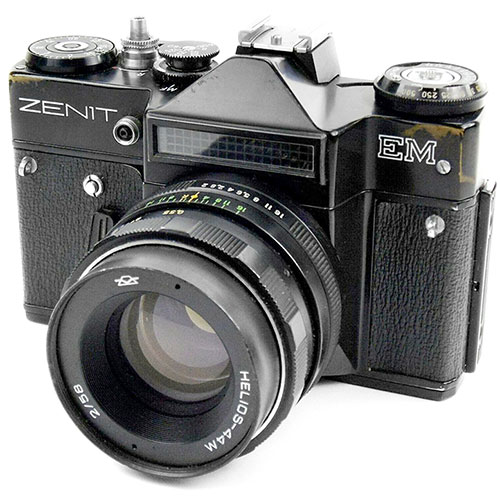EFTE-2
In the previous article, we talked about the Soviet large format camera called EFTE-1, and EFTE-2, the apparatus discussed in this article, is not much different from above.
As with many other examples of Soviet cameras, the EFTE-2 had a number of very minor changes compared to the first model, while remaining largely the same camera.
In this article, we’ll discuss the significance of this camera for the Soviet photography industry, what it can offer the modern photographer, and whether it’s worth buying today.
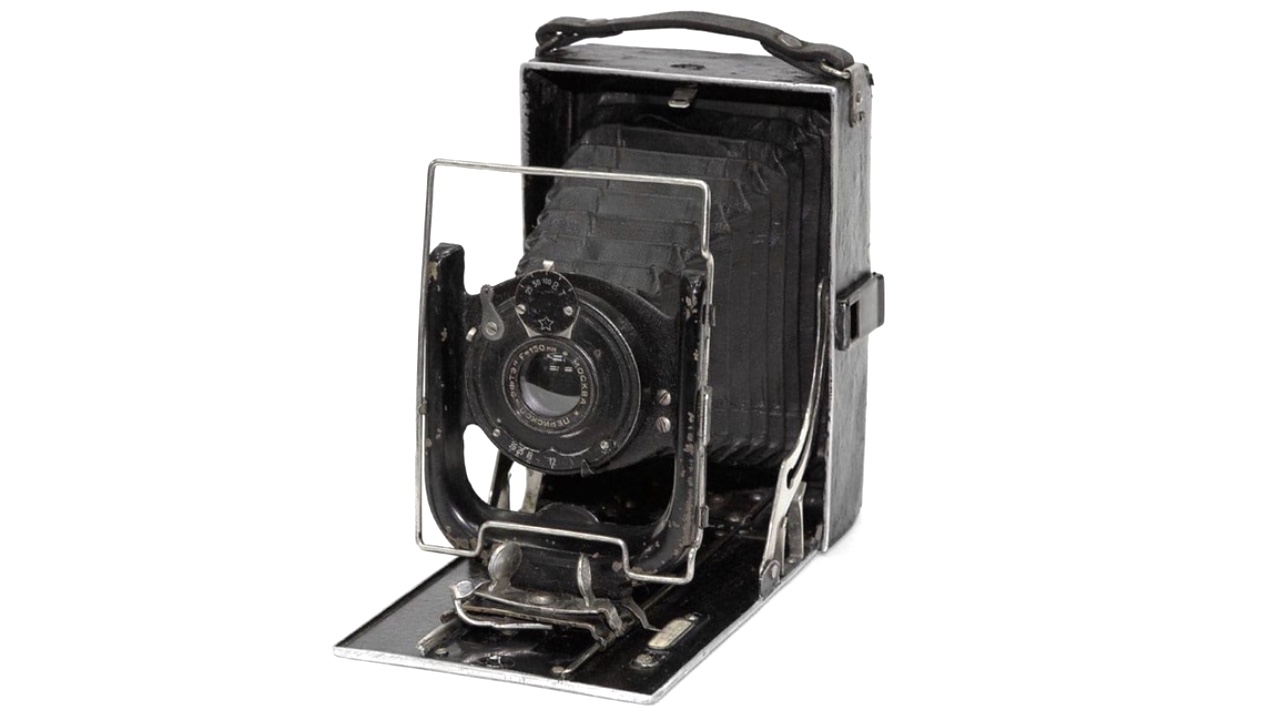
EFTE-2 Specifications
- Type: 9×12 folding camera
- Manufacturer: Foto-Trud
- Production period: 1933–1938
- Format: 9×12 cm
- Lens mount: fixed
- Lens: ARFO Anastigmat f/4.5 135 mm
- Shutter: leaf shutter with speeds of 1/25, 1/50, and 1/100 sec, plus B and T
- Viewfinder: ground glass
- Light meter: none
- Flash synchronization: none
- Self-timer: none
- Weight: 1,140 g
EFTE-2 Historical Context
The EFTE-2 camera succeeded the EFTE-1 with several design updates. The shutter scale no longer displayed the “EFTE” name, the folding viewfinder frame was redesigned with a raised edge, and the white distance scale was reduced in size and repositioned.
Handles for extending the bellows were changed from round barrels to flat shapes with finger grooves, and the focusing mechanism was updated with a lever for precise adjustments.
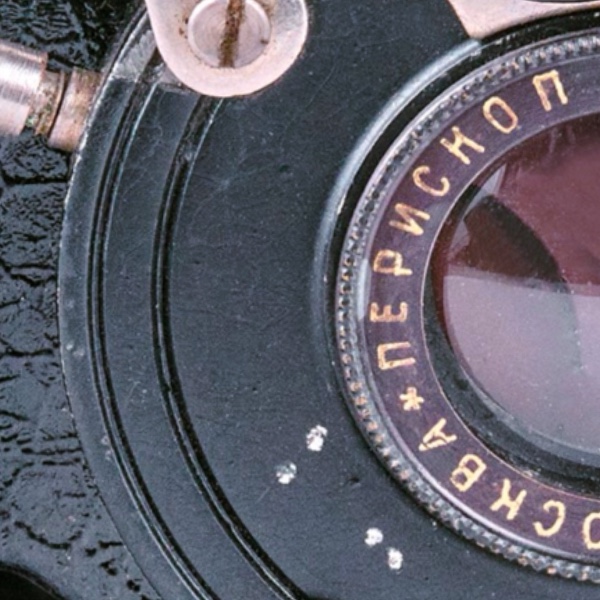
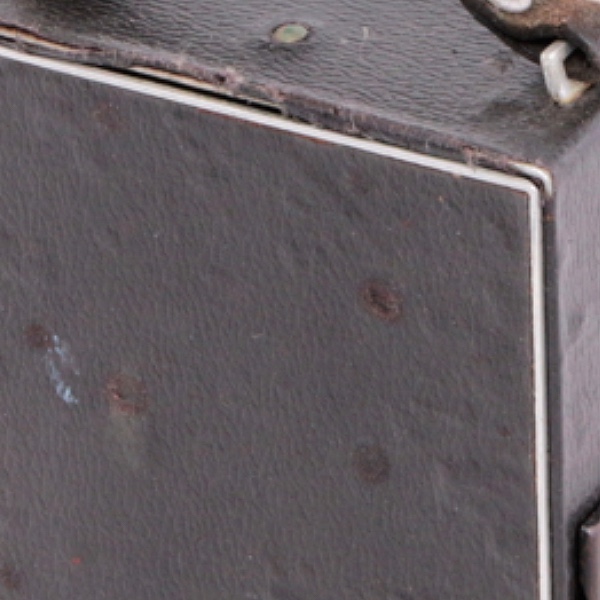
Additional modifications included a redesigned rear latch and changes to the lens-shutter assembly.
Since 1931, EFTE cameras have been equipped with a Soviet-made GOMZ shutter, and as a result the model was renamed EFTE-2.
This marked the first Soviet camera entirely assembled from domestic components. Between 1929 and 1938, approximately 130,000 EFTE and ARFO cameras were produced.
The production of EFTE cameras ended in 1933 when the Foto-Trud artel was divided into two parts, with the separation of the production of cameras in an independent direction, called ARFO.

EFTE-2 Lens
The EFTE-2 features a Periscope f/12 150mm lens, which delivers pretty sharp, detailed, and very interesting-looking images suitable for a wide range of photography styles, from portraits to landscapes.
This lens represents a step forward for Soviet camera manufacturing, as it was entirely produced domestically, unlike the imported Kenngott-Anastigmat or Radionar Anastigmat lenses used in early EFTE-1 models.


EFTE-2 Shutter
The EFTE-2 employs a Soviet-made GOMZ leaf shutter, offering speeds of 1/25, 1/50, and 1/100 seconds, along with “B” and “T” modes for long exposures.
This shutter was a departure from the imported Vario shutters found on early EFTE-1 models. While it lacks modern conveniences such as synchronization with a flash or a self-timer, it remains a pretty good choice for the time and complements the simple but interesting Periscope lens.

EFTE-2 Body
The EFTE-2 retains the 9×12 plate format and folding bellows design of its predecessor. The camera is compact and portable despite its relatively heavy weight of 1,140 grams. The overall build quality of the EFTE-2 is very common for a Soviet product of that period.
As we said above, the camera has very few differences from the EFTE-1. The folding frame of the viewfinder has slightly changed, the white meter scale has decreased in size and has changed its place.
However, the lack of modern conveniences, such as interchangeable lenses or a light meter, means this camera is best suited for methodical, deliberate photography.

Ease of Use
Like the EFTE-1, the second model features a flip-up “sports viewfinder,” allowing photographers to compose shots quickly without relying on the ground glass.
This part of the camera made handheld shooting much more practical, especially for outdoor or action photography. While the camera lacks a built-in light meter, experienced photographers can estimate exposure settings using the “Sunny 16” rule or a handheld meter.
Setting up the camera requires some patience due to the bellows and ground glass system, but the rewards in image quality justify the effort.
For beginners, the EFTE-2 might present a steep learning curve, but it serves as an excellent introduction to large-format photography.

Who is This Camera For?
Like most cameras of its type and era, the EFTE-2 holds significant appeal for collectors. This camera is quite rare on the market and carries notable importance in the history of the Soviet photographic industry.
But does it hold any value for a photographer? The answer is both yes and no.
On one hand, this Soviet large-format camera is fascinating for those wanting to familiarize themselves with this format. Despite its limited movements and lack of many advanced features, it provides a solid introduction to large-format photography.
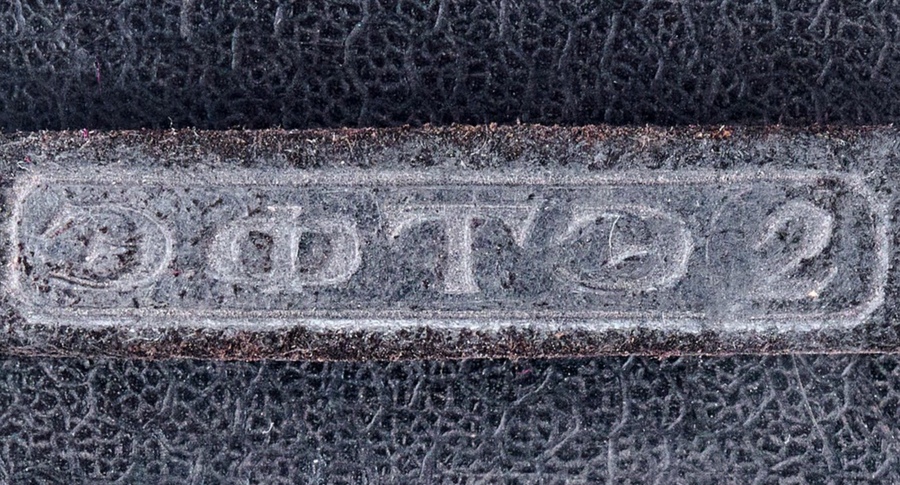
Additionally, the EFTE-2 allows users to produce highly atmospheric photos that capture the essence of the early to mid-20th century.
On the other hand, this camera can be challenging for beginners due to its complexity. The absence of movements and other advanced features may also make it less appealing to seasoned large-format enthusiasts.
Considering these limitations, we would recommend the Fotokor camera for photographic purposes. It offers similar specifications, is easier to find in good condition, and provides a more practical alternative for those exploring vintage Soviet photography.


Conclusion
Like the first model, EFTE-2 also features a flip-up viewfinder, known as a “sports viewfinder,” which allows for quicker shots without using the ground glass.
The EFTE-2 is one of the earliest Soviet cameras. It is challenging to find this model in good condition and at a reasonable price.
As we discussed above and in the previous article about the first model, if you want to work with a large-format Soviet camera, the Fotokor, which was produced at the GOMZ plant in the 1930s and 1940s, would be a more cost-effective choice.
However, if you manage to acquire one of these vintage Soviet cameras, you’ll enjoy the unique experience of using this historical “dinosaur” from the early 20th century.


